Fuel tankers play a vital role in the global supply chain by transporting essential fuels to stations, industrial facilities, and even remote areas where fuel access might otherwise be limited. Given the varying demands for fuel in different regions and for different purposes, fuel tankers are designed in a range of sizes and configurations. So, how many liters is a fuel tanker? This depends on various factors such as the type of tanker, the purpose of the transport, the regulatory restrictions in place, and the destination infrastructure. In this article, we’ll explore the capacity of fuel tankers, their different types, and how each type meets specific demands.
1. The Basics of Fuel Tanker Capacities
The capacity of a fuel tanker can vary significantly based on its type, design, and purpose. However, the overall volume a tanker can hold is typically measured in liters or gallons, depending on the region. To give a basic range, fuel tankers can hold between 10,000 to over 60,000 liters of fuel, but specialized tankers and smaller fuel trucks can hold much less, while others can be designed to carry much more.
The tanker’s capacity will directly influence the design, such as the number of compartments and safety features necessary for transporting large amounts of fuel securely and efficiently. Fuel tankers are also engineered for stability, so even when carrying large volumes of liquid, they maintain balance on the road.
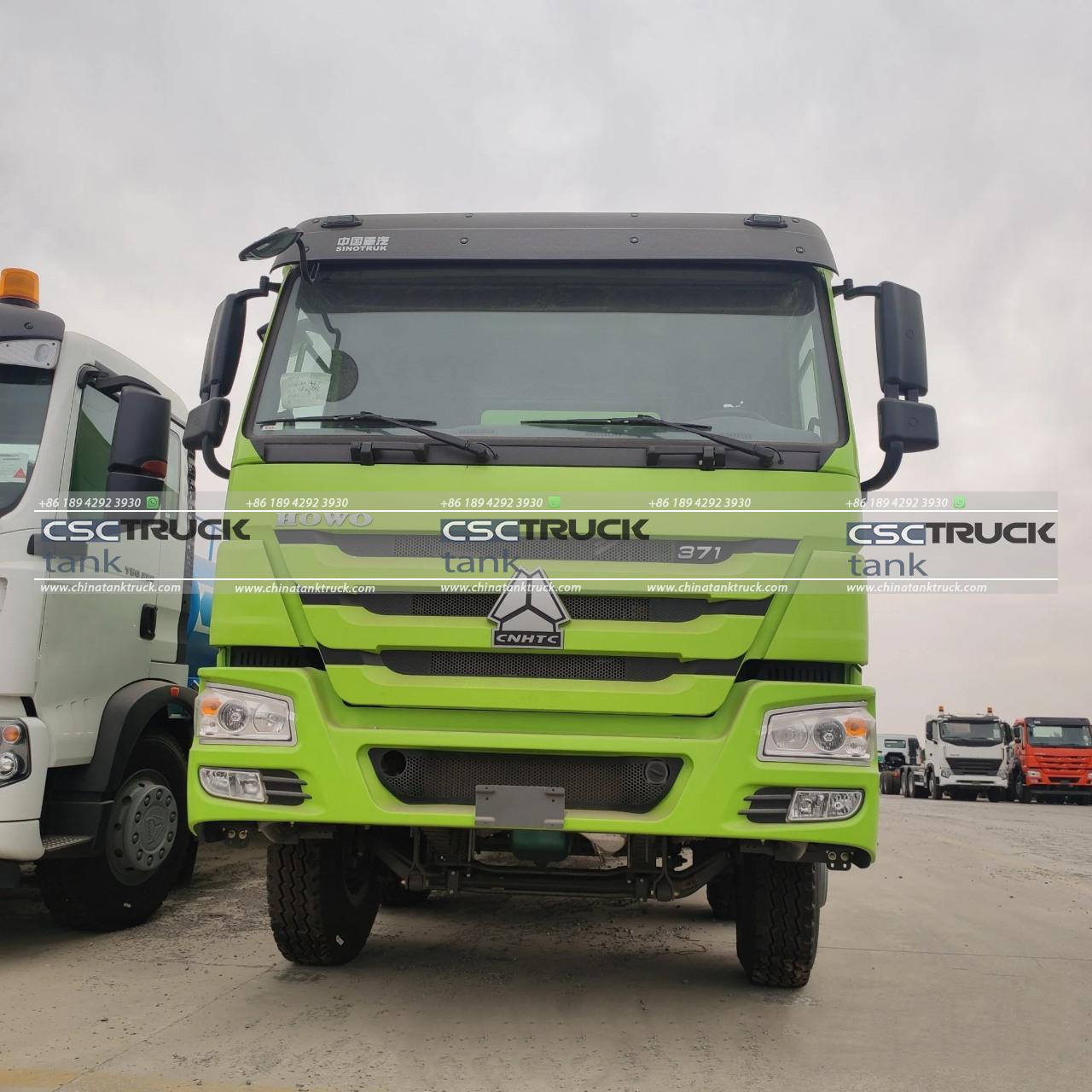
2. Types of Fuel Tankers and Their Capacities
Fuel tankers can be broadly classified into several categories based on their size and application:
a. Small Fuel Tankers (up to 15,000 Litres)
Smaller fuel tankers, often known as fuel trucks or “bobtails,” are commonly used for short-distance transport or local distribution. These trucks typically have a capacity of 5,000 to 15,000 liters and are ideal for delivering fuel directly to gas stations or industrial sites in urban or semi-urban areas. They are also popular for use in regions where large tankers cannot easily navigate due to narrow streets or winding roads.
Small fuel tankers are often used to supply niche markets and can handle various fuel types, including diesel, gasoline, and even specialized fuels. Their smaller size offers flexibility, allowing them to provide fuel to smaller, dispersed facilities without the need for bulk delivery.
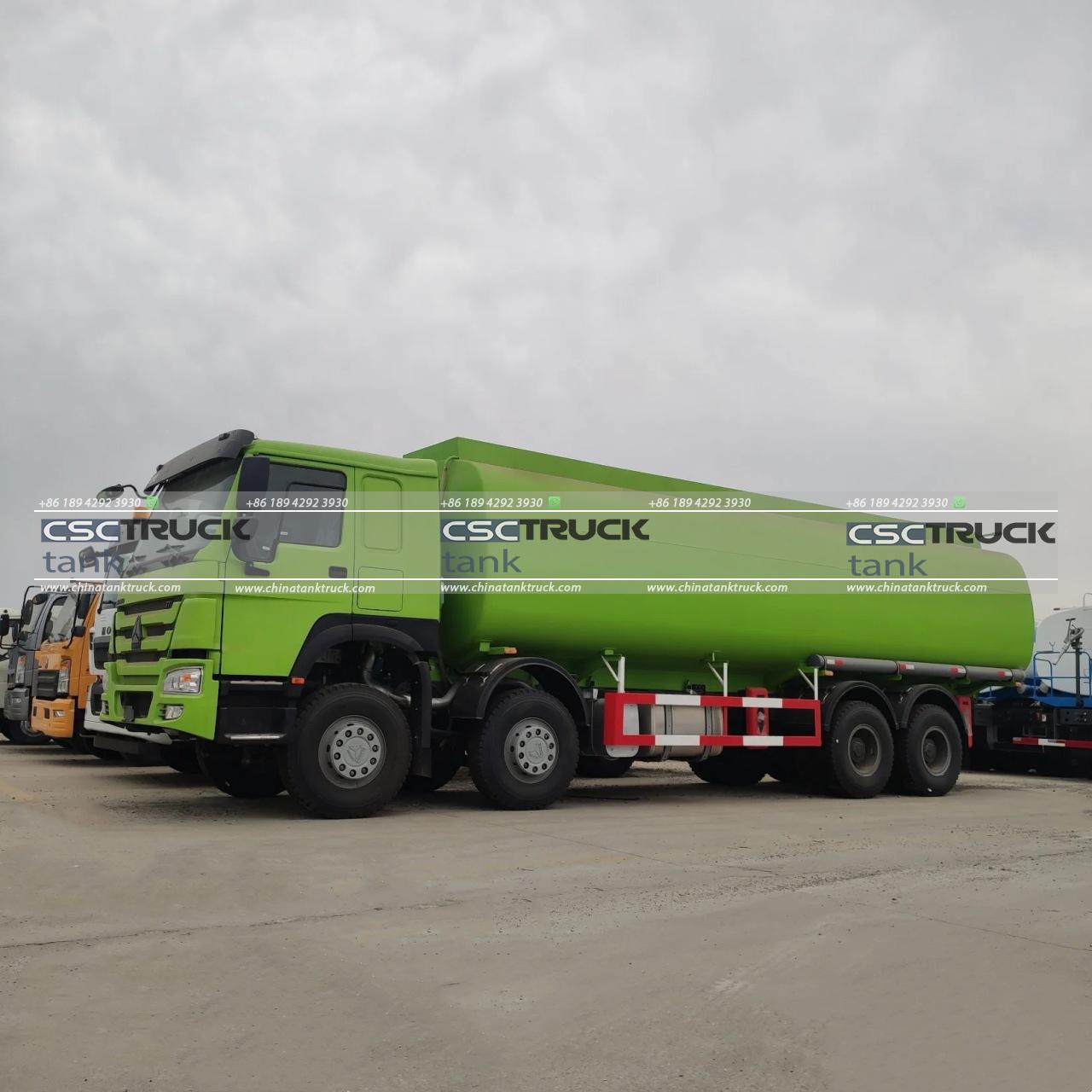
b. Medium Fuel Tankers (15,000 to 30,000 Litres)
Medium-sized fuel tankers are more common for regional fuel distribution. These trucks typically hold between 15,000 to 30,000 liters of fuel and can transport larger amounts of fuel than the smaller trucks, without reaching the heavy load volumes of full-size tankers. These tankers are often used for cross-state or intercity transport and can make fuel deliveries to both large and small gas stations.
They’re also frequently used in industrial sectors to transport fuel to facilities that require moderate fuel volumes regularly. Medium-sized tankers can usually carry a single fuel type, but some are compartmentalized to carry different fuel types within a single trip.
c. Large Fuel Tankers (30,000 to 60,000+ Litres)
Large fuel tankers are the giants of the fuel transport industry. Typically carrying between 30,000 and 60,000 liters, they are designed for long-haul transport across vast distances, such as from refineries to distribution terminals. These large tankers often serve high-demand areas, such as major metropolitan regions or critical industrial zones where refueling needs are high and frequent.
These tankers are usually equipped with multiple compartments, which allows them to carry different fuel grades or types in a single journey, enhancing their efficiency and versatility. Some of the largest tankers may even reach capacities beyond 60,000 liters, but the practical limit depends on local regulations, road capacity, and weight restrictions.
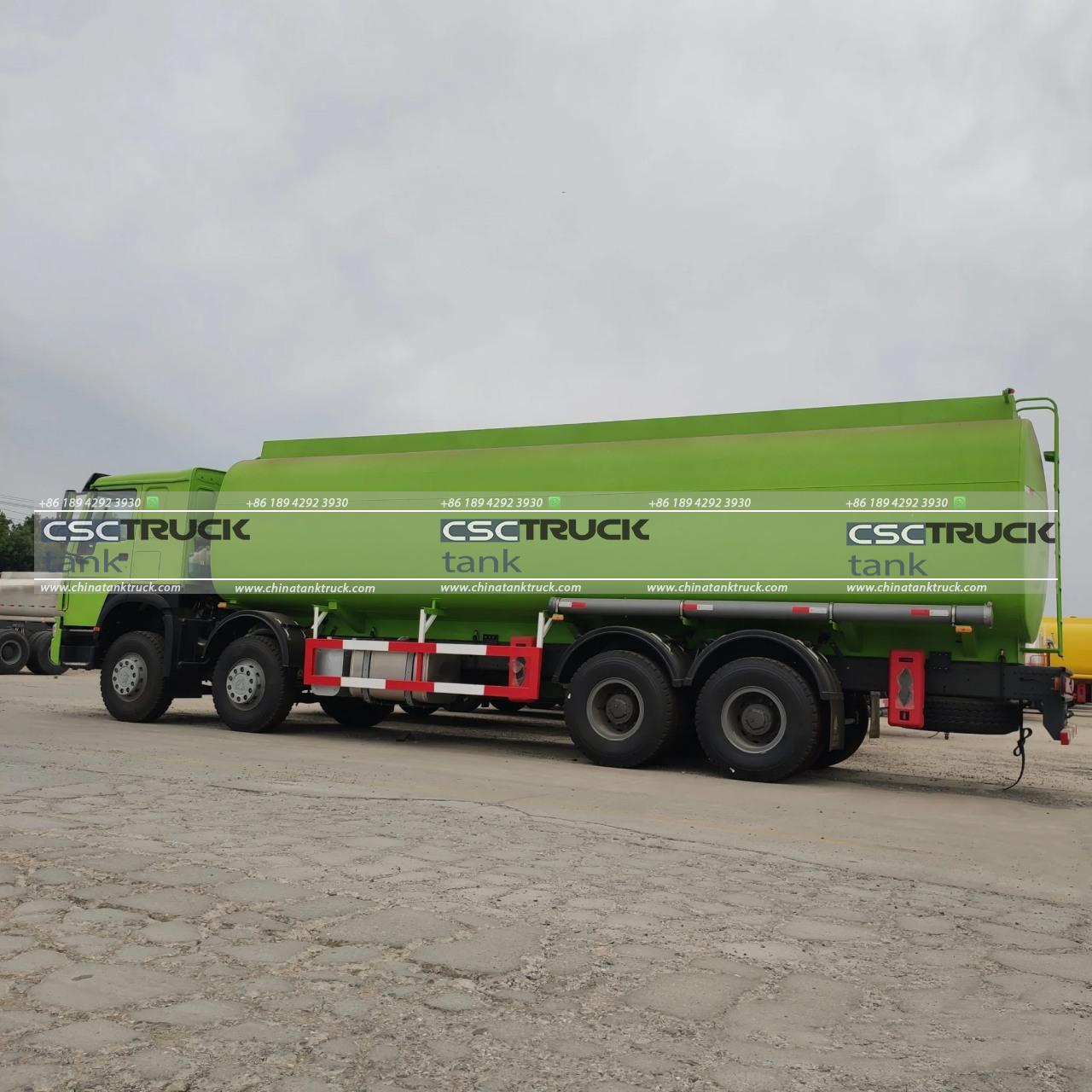
d. Super Tankers (Marine Tankers)
On a completely different scale, marine fuel tankers, commonly known as super tankers, operate on the seas to transport massive volumes of fuel internationally. They can hold millions of liters of fuel—often over 1 million liters, with some of the largest marine tankers able to carry up to 300,000 metric tons (around 300 million liters). These ships transport crude oil from extraction points to refineries and are the largest fuel tankers used globally.
3. Factors Influencing Fuel Tanker Capacities
Several factors affect how much fuel a tanker can carry. These factors range from practical considerations, such as weight limits, to regulatory policies that ensure the safe transport of flammable materials. Key factors include:
– Regulatory Constraints: Many regions have strict regulations governing the maximum permissible weight and volume a fuel tanker can carry, especially on highways and local roads. Compliance with these regulations is crucial for safe operations, as overloading a tanker can increase the risk of accidents and spills.
– Tank Design and Compartments: Tankers often have a multi-compartment design that allows them to transport different fuel types simultaneously, maximizing their flexibility and functionality. This also helps in controlling the sloshing of fuel during transport, which can impact the stability of the vehicle.
– Transport Distance: For long-distance transport, larger tankers are preferred as they minimize the need for refueling stops. Conversely, smaller tankers are suited for short-distance distribution due to their maneuverability and reduced fuel consumption.
– Road Infrastructure: In areas where road conditions or infrastructure are not suitable for heavy vehicles, smaller fuel tankers with capacities up to 15,000 liters are typically used to prevent infrastructure damage and ensure safe transport.
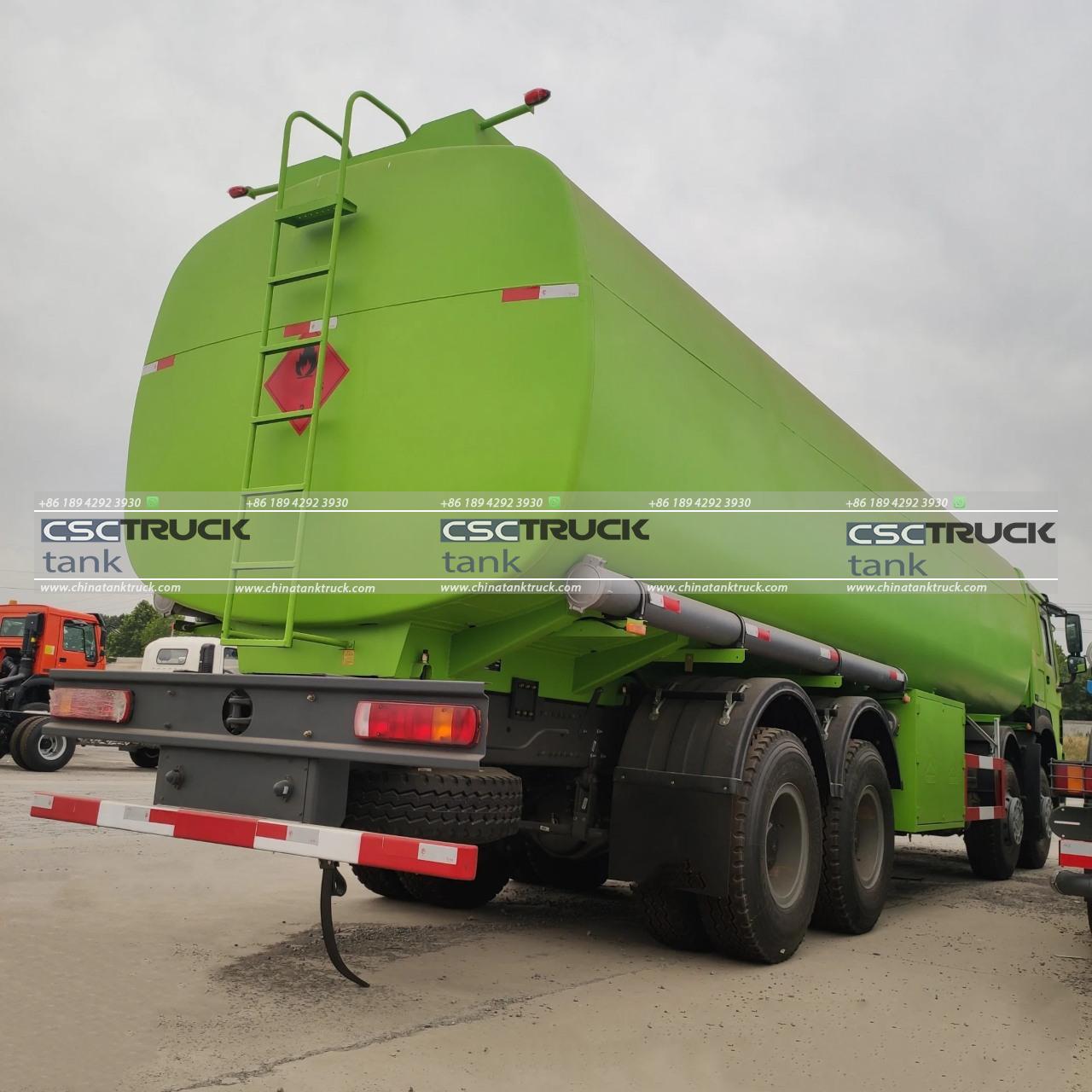
4. Why Tanker Capacity Matters
Understanding the capacity of a fuel tanker is crucial not only for logistical planning but also for cost efficiency. Fuel companies must optimize delivery to ensure that enough fuel is available at end-user locations without incurring excessive transport costs. A fuel tanker’s capacity helps determine:
– Frequency of Deliveries: Larger tankers require fewer trips, which can be more cost-effective for large deliveries.
– Operational Costs: Larger volumes may reduce the per-litre transport cost, benefiting end users with more affordable fuel.
– Supply Chain Efficiency: With an optimal tanker size for each transport route, companies can improve overall supply chain efficiency by reducing travel times and maximizing load capacity.
5. Future Trends in Fuel Tanker Design and Capacity
As the demand for fuel continues to evolve with a shift toward renewable energy, the design and capacity of fuel tankers are also likely to change. Some future trends may include:
– Electric and Hybrid Tankers: With increasing environmental regulations, hybrid and electric fuel tankers are becoming more attractive. This trend is especially relevant for smaller tankers in urban areas.
– Autonomous Fuel Transport: Autonomous fuel tankers could potentially increase safety and reduce costs, particularly for long-haul journeys. These tankers may be engineered with specialized safety protocols to handle fuel transportation without direct human intervention.
– Enhanced Safety Features: With an increased emphasis on safety, modern fuel tankers are equipped with advanced features such as spill-containment systems, fire-resistant materials, and anti-rollover designs to enhance security during transport.
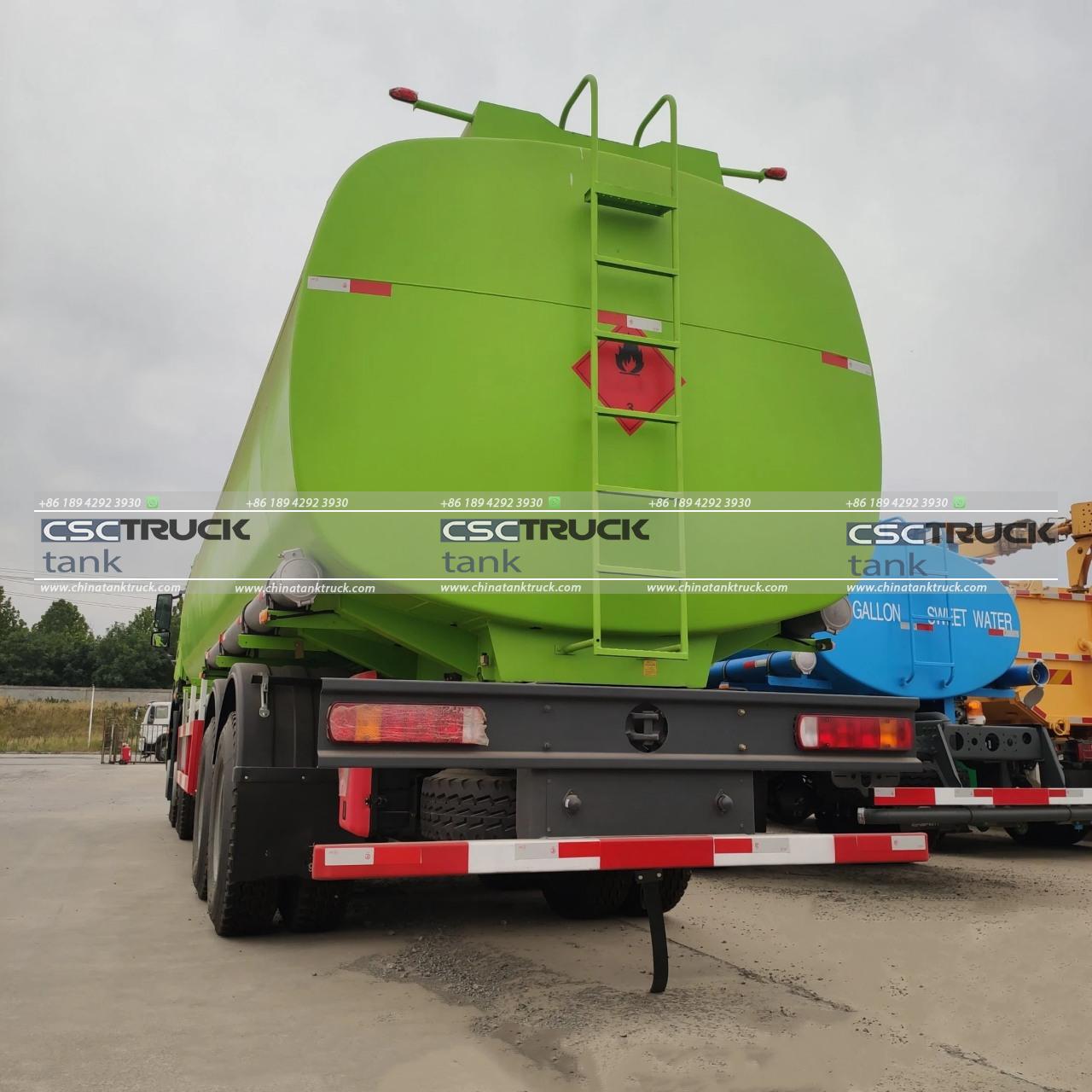
Conclusion
Fuel tankers are indispensable in the global economy, facilitating fuel transport from production sites to various consumer points. Tanker capacities range widely, from small trucks that carry around 10,000 liters to massive supertankers holding millions of liters for international transport. The capacity required for a specific purpose will depend on factors like the delivery distance, local infrastructure, and regulatory guidelines. With the evolving energy landscape, fuel tankers will likely see innovations in both design and capacity to meet future demands safely and efficiently. Understanding tanker capacity is essential for those in the fuel industry, as it affects everything from logistics and cost to environmental considerations, shaping the future of fuel transport globally.

